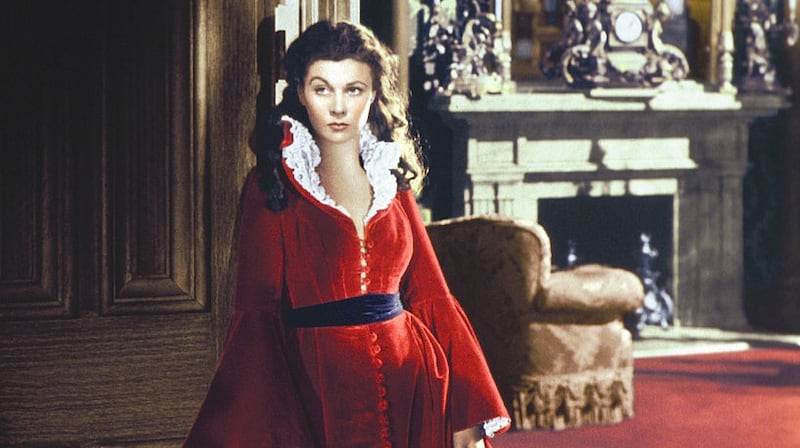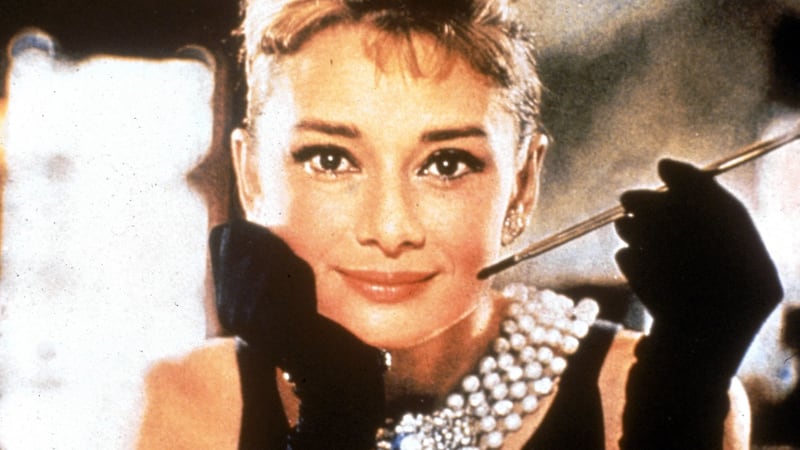The recent London auctions of the personal collections of two Hollywood stars – Vivien Leigh and Audrey Hepburn – were spectacular successes and proved, yet again, the power of provenance in the world of collecting. Even mundane items can become extraordinarily valuable if owned by, or even just associated with, famous people. Both auctions were "white glove" sales – the auctioneering term for a sale in which every lot is sold.
First up was the “Vivien Leigh Collection” at Sotheby’s which realised £2.2 million (€2.48 million) – more than five times the top pre-sale estimate – on September 26th.

More than 1,400 bidders from 52 countries participated either in person, by telephone or online. In the latest indication of how the internet is dramatically changing the auctioneering business, more than 40 per cent of lots were sold online.
The English actress who was born in 1913 and died, of tuberculosis, aged just 53, in 1967, was best-known for the 1939 film Gone With The Wind based on a best-selling novel of the same name, set in Georgia during the American Civil War. Leigh played the part of Scarlett O’Hara, the heiress to Tara, a cotton planation.
There was intense bidding during the eight-hour auction for all 321 lots from her collection of art, antiques and film memorabilia.
The highest price was achieved for Lot 245, Study of Roses, a painting by Sir Winston Churchill. It made £638,750, more than six times the top estimate of £70,000–£100,000. The still-life of roses, painted by the politician in the 1930s before he became British prime minister, was sent to Leigh shortly after her visit to Chartwell, Churchill’s country home, in August 1951. It hung in her bedroom for the rest of her life and she said of it: “Whenever I feel particularly low or depressed I look at those three rosebuds. The thought and the friendship in the painting is such a great encouragement to me . . . and I have the determination to go on.”
Leigh's personal copy of the novel Gone with the Wind – a first edition copy, number 36 of 1,000 copies – given to her by the author Margaret Mitchell when they met in Atlanta, Georgia, ahead of the world premiere of the film, sold for £50,000, more than seven times the top estimate of £5,000-£7,000.
And, not surprisingly, the final shooting script for the film made even more. Lot 29, a copy of the screenplay for Gone with the Wind, presented to Leigh by David O Selznick, the film’s producer, made £58,750 (estimate £10,000-£15,000).
But the most amazing prices were for items with relatively low valuations. A wristwatch Leigh received from her husband, English Shakespearian actor Laurence Olivier at Christmas 1940, with a top estimate of £1,200 sold for £25,000; and, her charm bracelet, with a top estimate of £1,500, made £33,750.

At Christie's on September 27th, 240 lots from "The Personal Collection of Audrey Hepburn" realised £4.6 million (€5.2 million), more than seven times the pre-sale estimate.This auction attracted 12,000 people to the viewing, had bidders from 46 countries, lasted for 10 hours and had the highest online participation for any Christie's sale to date.
Audrey Hepburn was born in Brussels in 1929 and died in 1993, aged 63. She was one of the most-recognisable faces of 20th-century cinema and best-known for the 1964 film My Fair Lady, although she first rose to stardom with her Academy Award-winning performance in the 1953 film Roman Holiday and later, in 1961, the film Breakfast at Tiffany’s.
The sale achieved a world auction record price for a film script – Hepburn’s working script for Breakfast at Tiffany’s sold for £632,750, more than six times the top estimate (£60,000-£90,000).
Hepburn’s working script for My Fair Lady made £206,250, more than four times the top estimate of £30,000-£50,000.
Again, it was the most insignificant items which performed astonishingly. A blue satin sleep mask with blue lace-trimmed flowers attracted the highest number of registered bidders for any lot and sold for £6,250 – its pre-auction estimate was £100-£150. Her Burberry trench coat realised £68,750, more than 10-times its low estimate. And a 1950s Cartier lipstick holder with a top estimate of £3,000, made £56,250.
A gold bangle from (where else?) but Tiffany & Co., dating from the late 1980s that was gifted to Hepburn by Steven Spielberg had a top estimate of £5,000. It sold for a staggering £332,750. Words fail. Or rather not. The exterior of the bangle is engraved: "Audrey"; the interior, with the phrase: "You are my inspiration, Always, Steven". The winning bidder was listed by the auctioneers as "anonymous". Perhaps Spielberg, who could certainly afford to, bought it back?






















